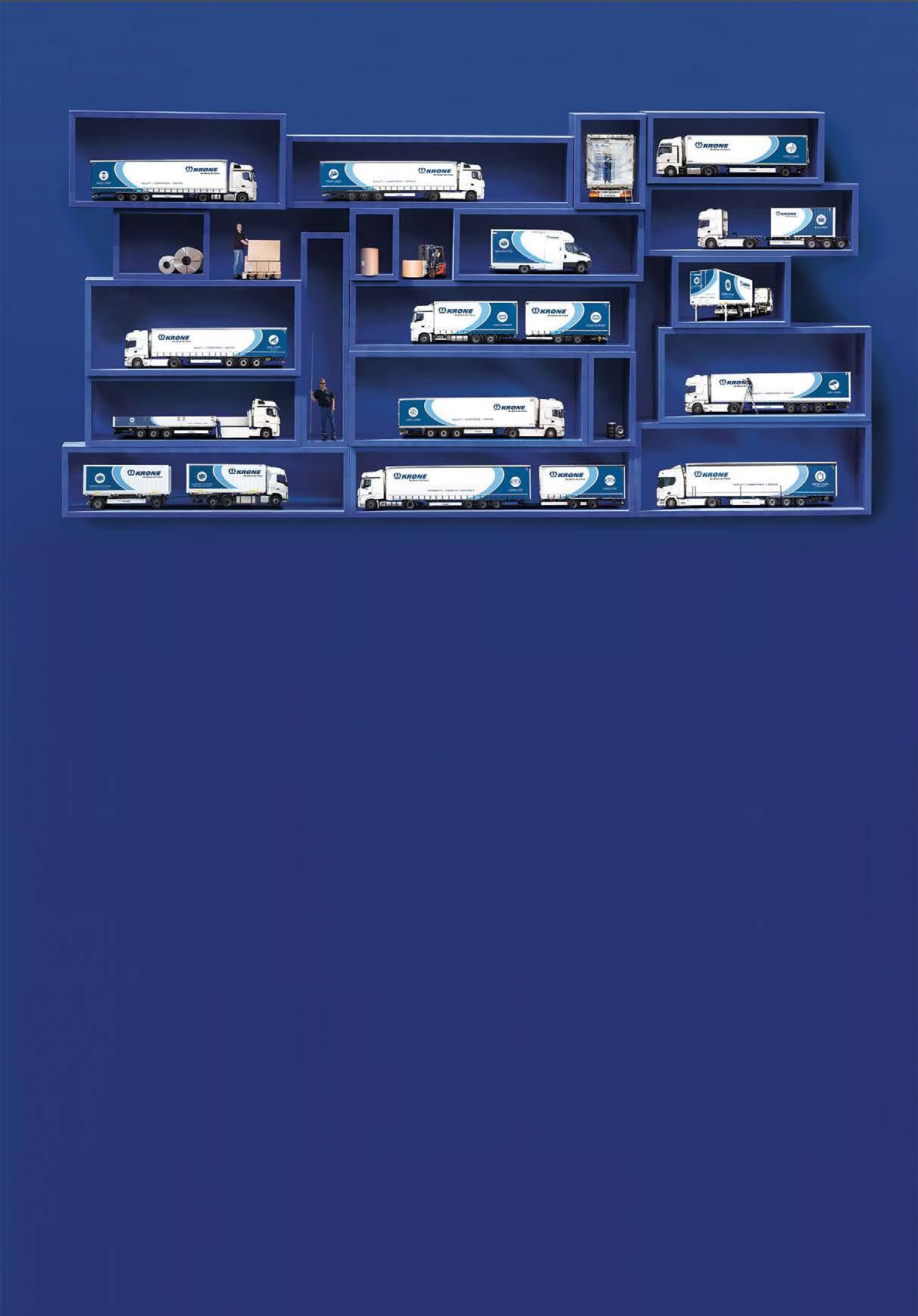
4 minute read
How predictive ªnalytics is reshaping
HOW PREDICTIVE ANALYTICS IS RESHAPING TRANSPORTATION MANAGEMENT
Business success tends to require a good understanding of numbers, and this has only become more important in the age of big data. New technologies have made it possible for us to collect vast amounts of information, but the real benefit derives from what it’s used for.

The author, Dennis van Bodegom is Director of Northern Europe at Shippeo.
Predictive analytics is described as “the use of data, statistical algorithms and machine learning techniques to identify the likelihood of future outcomes based on historical data”, where the end goal is not only to understand what has happened but to provide the best assessment of what is going to happen in the future. This is done by leveraging science and analytical trends to create algorithms and formulas, which are fed market insights, economic data and other relevant data and trends to produce accurate predictions useful for decision making and planning.
Why the use of predictive analytics is growing
Organisations are using predictive analytics more and more to help overcome difficult challenges and make new opportunities possible. Common uses include reducing risk and improving operations, detecting fraud, and optimising marketing campaigns.
By identifying patterns and preparing for the likelihood of events to come, companies can run their day-to-day operations much more smoothly. Predictive analytics are being more frequently used across all business functions, in different ways, to help anticipate events, avoid risks and create new solutions. This can have a significant impact on a company’s bottom line.
For the manufacturing and automotive sectors, predictive analytics are used to
identify factors leading to reduced quality and production failures, as well as to optimise parts, service resources and distribution. In the energy industry, they help to predict equipment failures and future resource needs, mitigating safety and reliability risks, or improving overall performance. Retailers are using predictive analytics for merchandise planning and price optimisation, to analyse the effectiveness of promotional events, and to determine which offers are most appropriate for consumers.

Predictive analysis in the supply chain
When it comes to the supply chain sector, predictive analytics benefits organisations both in the day-to-day execution of operations and in building tactical and strategic programmes to achieve growth and revenue targets. By forecasting future supply chain and logistical events, they can gain a competitive advantage and reduce expenses associated with stocking inaccuracies and poor management of goods, deliveries and time.
In transportation, predictive analytics aid in decision making and bring automation to supply chain processes. Supply chains are dynamic, constantly evolving in response to market demand, competitive pressures and supply constraints. Sometimes growth opportunities are missed or costs increased in response to unforeseen challenges or disruptions. The ability to predict these could help many organisations save money and be more efficient and productive by being able to “skate to where the puck is going to be rather than to where it is”.
Observing historical patterns and applying instincts are no longer enough when competing in our increasingly digitalised world. The ability to forecast accurately is what separates organisations. For this reason, the use of accurate and timely data and analytics is now deeply incorporated into the planning and execution phases of any supply chain. And as supply chains become increasingly filled with connected sensors and IoT technologies, predictive analytics is becoming more powerful than ever before.
Moving from reactive to predictive supply chain transportation
An end-to-end transportation visibility platform’s primary role is to predict an ETA (Estimated Time of Arrival). Obtaining an ETA for a shipment in transit has a wide range of benefits. Giving advance notice of delays allows for reactive measures to be taken, mitigating negative customer impacts, which in turn leads to higher levels of customer satisfaction.
These benefits summarise the way in which visibility of ETAs unlocks greater value from a supply chain, shifting its capabilities from ‘reactive’ to ‘predictive’. And sharing ETAs with customers provides them with visibility of their shipment while helping shippers to manage expectations, ensuring deliveries are on time, avoiding production line halts or stocks outs.
Forging the future of trailer transport with real-time data
Take Krone, for example. The company is one of Europe’s largest trailer manufacturers, generating €1.9 billion in sales annually, providing transportation vehicles and equipment in 15 key markets throughout Europe.
Facing growing demand for trailers with built-in ETA prediction capabilities to manage transportation more effectively, Krone wanted to add more world-class connected services to their portfolio to better serve shippers’ evolving digital requirements and help the company achieve its mission to offer the most complete connected trailer service within the Logistics 4.0 world.
As a first step towards Krone’s ambition of leading the market on a new trailer-asa-service (TaaS) business model, Krone embarked on a global strategic partnership with Shippeo to collaborate on real-time data-integrated services for customers using their own telematics solution.
This new collaboration saw Krone become the first trailer manufacturer to provide real-time ETA (Estimated Time of Arrival) predictions within their own trailer management solution, Krone Telematics. Powered by Shippeo’s proprietary machine learning algorithm, which references over 200 data parameters, the ETA service for shipments and deliveries now available for these customers is the most accurate and reliable on the market.
Supply chain visibility enables companies to make more accurate forecasts based on shared data and insights. Real-time access to an accurate estimated time of arrival (ETA) helps to streamline and optimise operations. The resulting transparency increases network stability, shortens the reaction time needed to take preventative action and creates cross-functional cost efficiencies – all vital components when it comes to saving costs and becoming more competitive. n
The author, Dennis van Bodegom is Director of Northern Europe at Shippeo. Visit: www.shippeo.com










